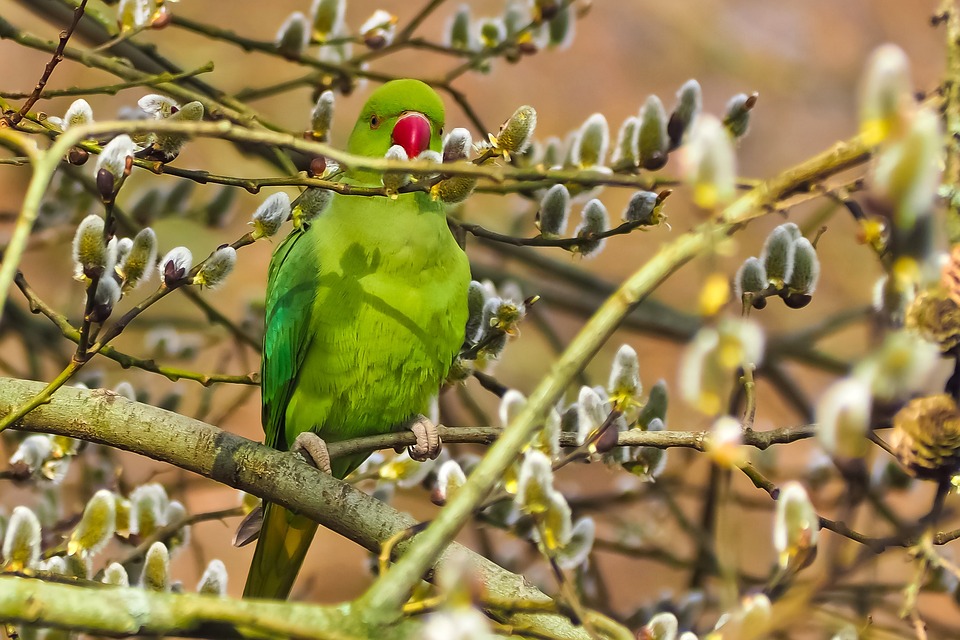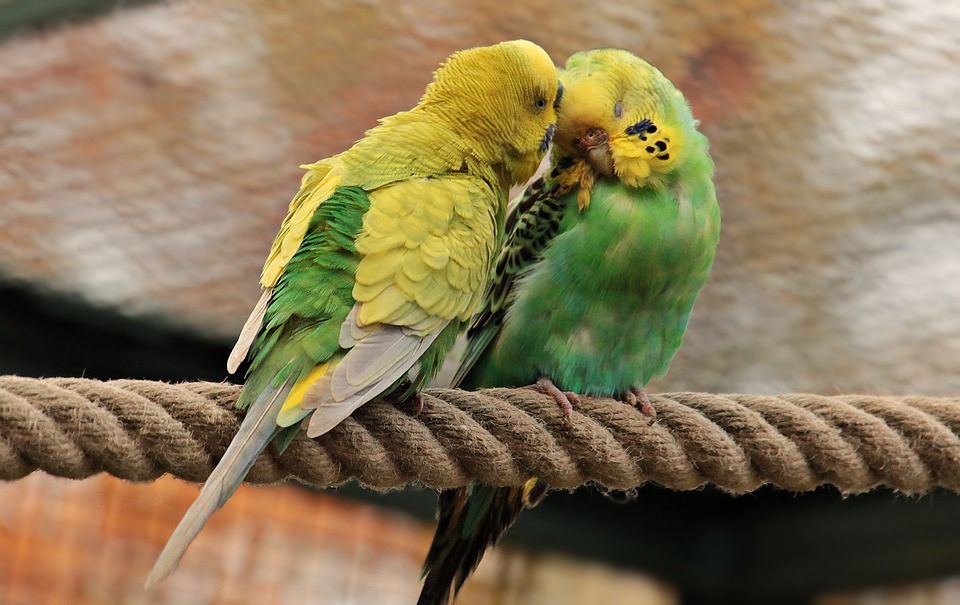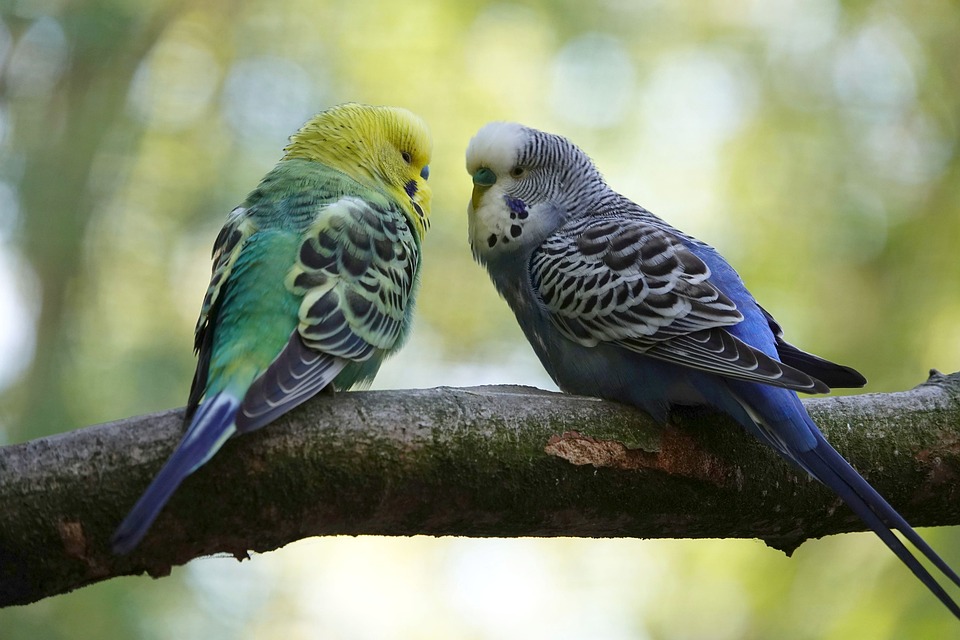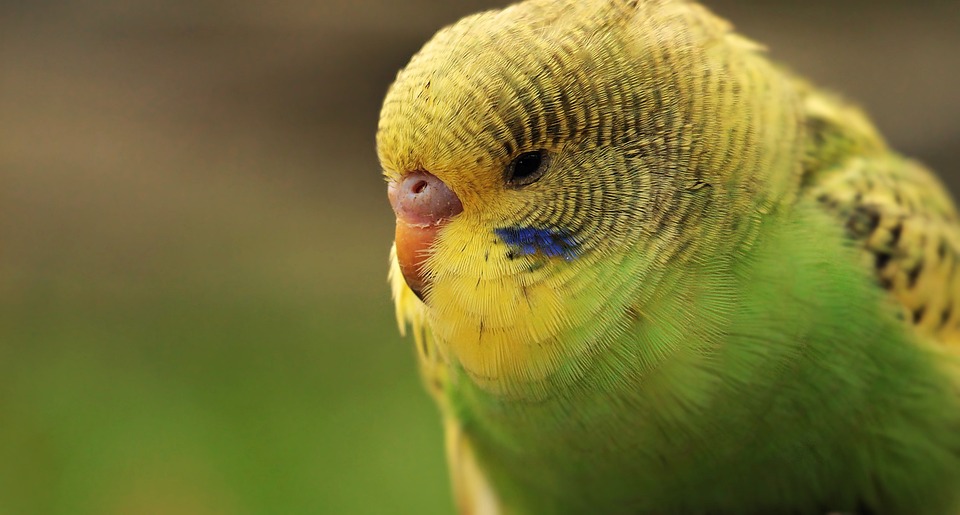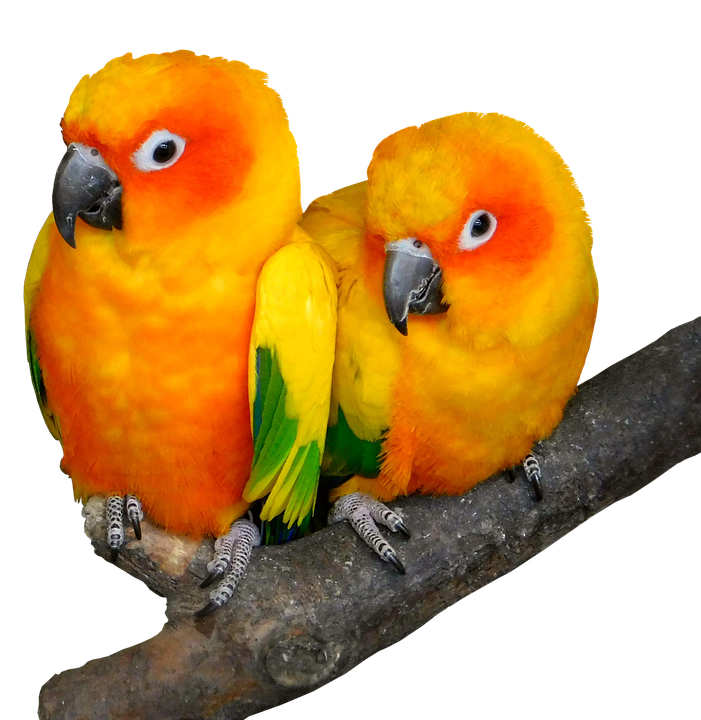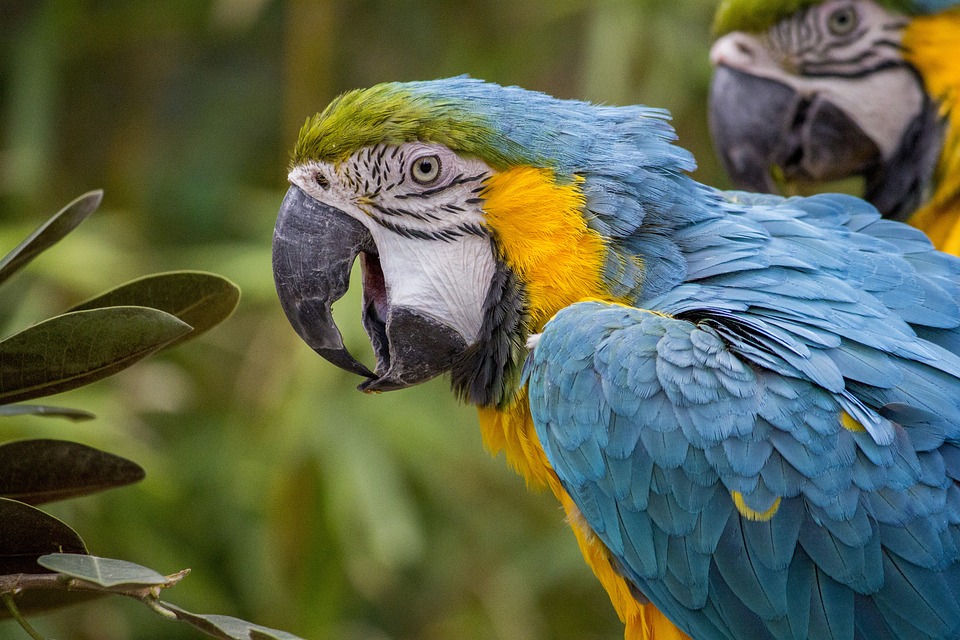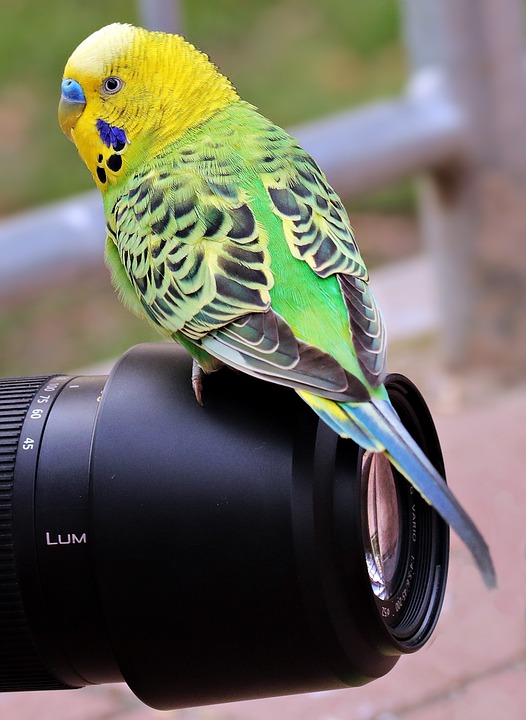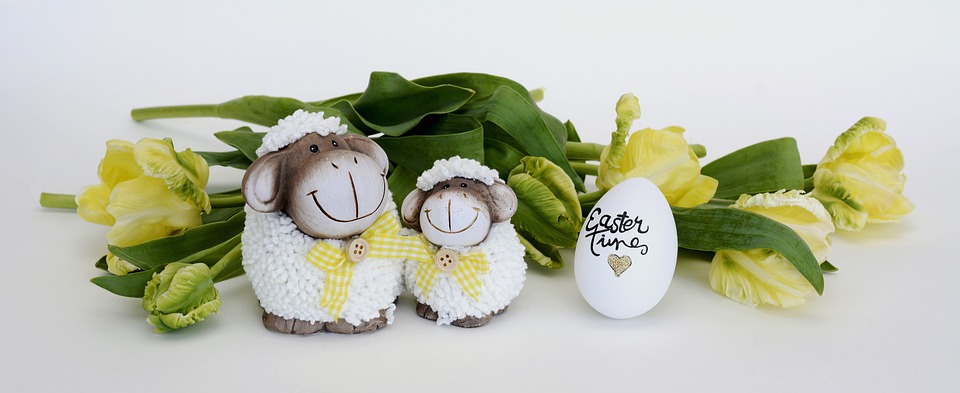Introducing Your Parrot to Novel Experiences and Changes in the Environment
Exploring the Art of Enrichment for Your Feathered Friend
Introduction:
As a parrot owner, you know that these intelligent and social creatures thrive on mental stimulation and a dynamic environment. Introducing your parrot to novel experiences and changes in their surroundings is crucial for their overall well-being. In this article, we will delve into the art of enrichment, offering valuable insights on how to introduce your parrot to new experiences and navigate changes in the environment. We will also address some frequently asked questions to help you better understand your feathered friend’s behavior.
Understanding the Importance of Enrichment for Parrots
1.1 The Role of Enrichment in a Parrot’s Life
Enrichment plays a vital role in a parrot’s life as it helps prevent boredom, encourages natural behaviors, and promotes mental and physical well-being. Parrots in the wild constantly engage in various activities to keep themselves occupied and stimulated. As pet owners, it is our responsibility to provide them with similar opportunities for enrichment.
1.2 The Benefits of Introducing Novel Experiences and Changes
Introducing new experiences and changes in the environment provides several benefits for your parrot. It keeps their minds active, prevents behavioral issues such as feather plucking or excessive vocalization, and enhances their problem-solving skills. Additionally, exposure to different stimuli helps them adapt to new situations and reduces the likelihood of stress or anxiety.
Gradual Introduction to Novel Experiences
2.1 Observing and Assessing Your Parrot’s Comfort Level
Before introducing any new experience, it is essential to observe and assess your parrot’s comfort level. Pay attention to their body language and vocalizations. Signs of curiosity, such as leaning forward or approaching the new item, indicate a positive response. On the other hand, signs of fear or aggression, such as crouching, lunging, or vocalizing in distress, indicate discomfort.
2.2 Start Small: The Power of Baby Steps
When introducing a novel experience, start small to ensure your parrot feels comfortable and confident. For example, if you want to introduce a new toy, place it near their cage for them to observe and investigate at their own pace. Gradually move it closer until they are comfortable interacting with it. This step-by-step approach allows your parrot to build trust and familiarity with the new experience.
2.3 Positive Reinforcement Techniques
Positive reinforcement techniques, such as offering treats or praise, can help encourage your parrot to engage with new experiences. When they show curiosity or interact positively with a new item, reward them immediately. This positive association will encourage them to continue exploring and adapting to new things.
Creating a Dynamic Environment
3.1 Rotating Toys and Perches
To prevent boredom, regularly rotate your parrot’s toys and perches. This ensures they have a constantly changing environment that stimulates their senses and prevents them from getting bored with the same toys. Introduce a variety of toys, including puzzle toys that challenge their problem-solving skills.
3.2 Incorporating Natural Elements
Parrots are naturally drawn to natural elements such as branches, leaves, and rocks. Incorporating these elements into their environment, either through live plants or safe natural materials, provides them with a sense of the wild and allows them to engage in natural behaviors like chewing and climbing.
3.3 Sensory Stimulation: Music, Sounds, and Visuals
Parrots are highly sensitive to sounds and visuals. Playing calming music or nature sounds can create a soothing atmosphere, while providing visual stimulation through colorful toys or videos tailored for parrots can keep them engaged and entertained.
Introducing Changes in the Environment
4.1 Relocation and Cage Changes
Relocation or changes in the cage layout can be stressful for your parrot. To ease their transition, ensure their new environment is set up before moving them. Maintain familiarity by using similar perches, toys, and feeding dishes. Spend time with your parrot in the new environment to provide reassurance and help them acclimate gradually.
4.2 Introducing New Household Members
Introducing new household members, whether humans or pets, can be challenging for your parrot. Start by allowing them to observe from a distance and gradually increase interaction under supervised conditions. Provide positive reinforcement when they display calm behavior to encourage a positive association.
4.3 Managing Seasonal Changes
Seasonal changes, such as temperature fluctuations or daylight hours, can affect your parrot’s behavior. Ensure they have access to appropriate heating or cooling options and maintain a consistent light schedule. Gradually adjust their environment to match the changing conditions to minimize stress.
FAQs: Addressing Common Concerns about Parrot Behavior
Q1. How can I tell if my parrot is comfortable with a new experience?
Observe their body language and vocalizations. Signs of curiosity and engagement indicate comfort, while fear or aggression indicate discomfort.
Q2. My parrot seems fearful of change. How can I help them adapt?
Start with small changes and gradually increase their exposure to new experiences. Provide positive reinforcement and reassurance to build their confidence.
Q3. Is it normal for my parrot to become more vocal or exhibit different behaviors when introduced to new experiences?
Yes, parrots often exhibit increased vocalization or different behaviors when introduced to new experiences. This is their way of expressing curiosity or discomfort. With time and positive reinforcement, they will adjust.
Q4. Should I be concerned if my parrot shows signs of stress or aggression during changes in the environment?
Signs of stress or aggression should be addressed promptly. Consult with an avian veterinarian or a qualified bird behaviorist to understand the underlying cause and seek appropriate solutions.
Q5. Can introducing too many novel experiences at once overwhelm my parrot?
Introducing too many new experiences at once can overwhelm your parrot. Gradual and controlled exposure is key to helping them adapt comfortably.
Conclusion:
By understanding the importance of enrichment and gradually introducing your parrot to new experiences and changes, you can help create a stimulating environment that enhances their overall well-being. Remember to observe your parrot’s comfort level, reward positive behavior, and provide a dynamic setting that caters to their needs. By doing so, you can foster a happy and content parrot that thrives in an ever-evolving environment.

